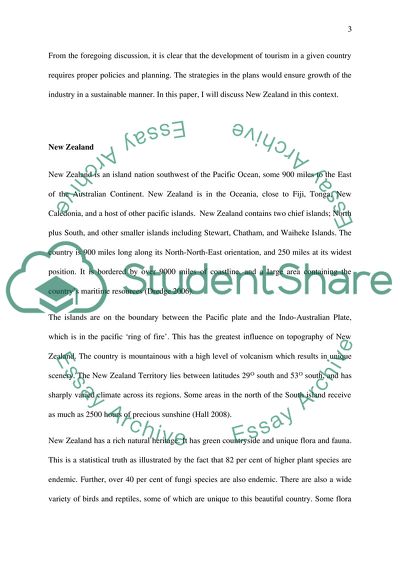Cite this document
(A Critique of Tourism Policy and Planning in New Zealand Coursework, n.d.)
A Critique of Tourism Policy and Planning in New Zealand Coursework. https://studentshare.org/tourism/1791358-a-critique-tourism-policy-and-planning-in-new-zealand
A Critique of Tourism Policy and Planning in New Zealand Coursework. https://studentshare.org/tourism/1791358-a-critique-tourism-policy-and-planning-in-new-zealand
(A Critique of Tourism Policy and Planning in New Zealand Coursework)
A Critique of Tourism Policy and Planning in New Zealand Coursework. https://studentshare.org/tourism/1791358-a-critique-tourism-policy-and-planning-in-new-zealand.
A Critique of Tourism Policy and Planning in New Zealand Coursework. https://studentshare.org/tourism/1791358-a-critique-tourism-policy-and-planning-in-new-zealand.
“A Critique of Tourism Policy and Planning in New Zealand Coursework”. https://studentshare.org/tourism/1791358-a-critique-tourism-policy-and-planning-in-new-zealand.


